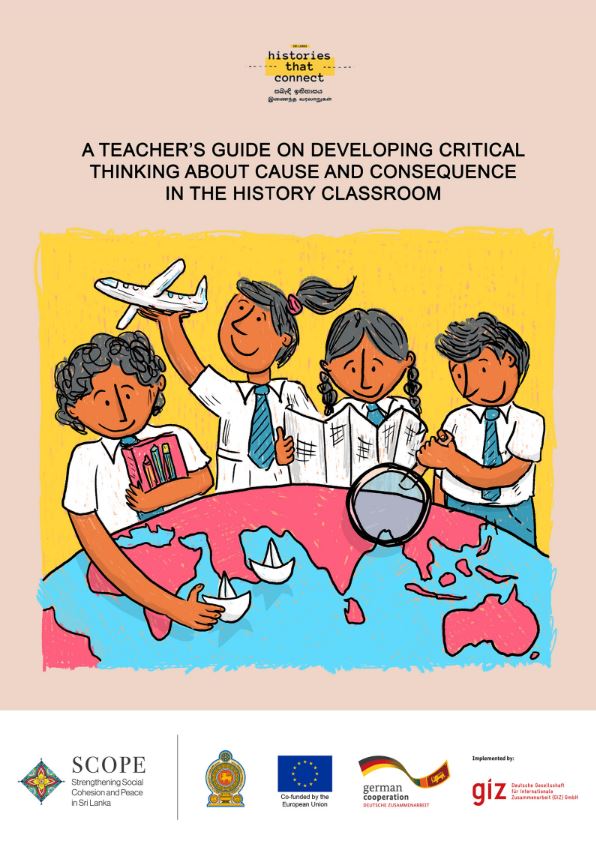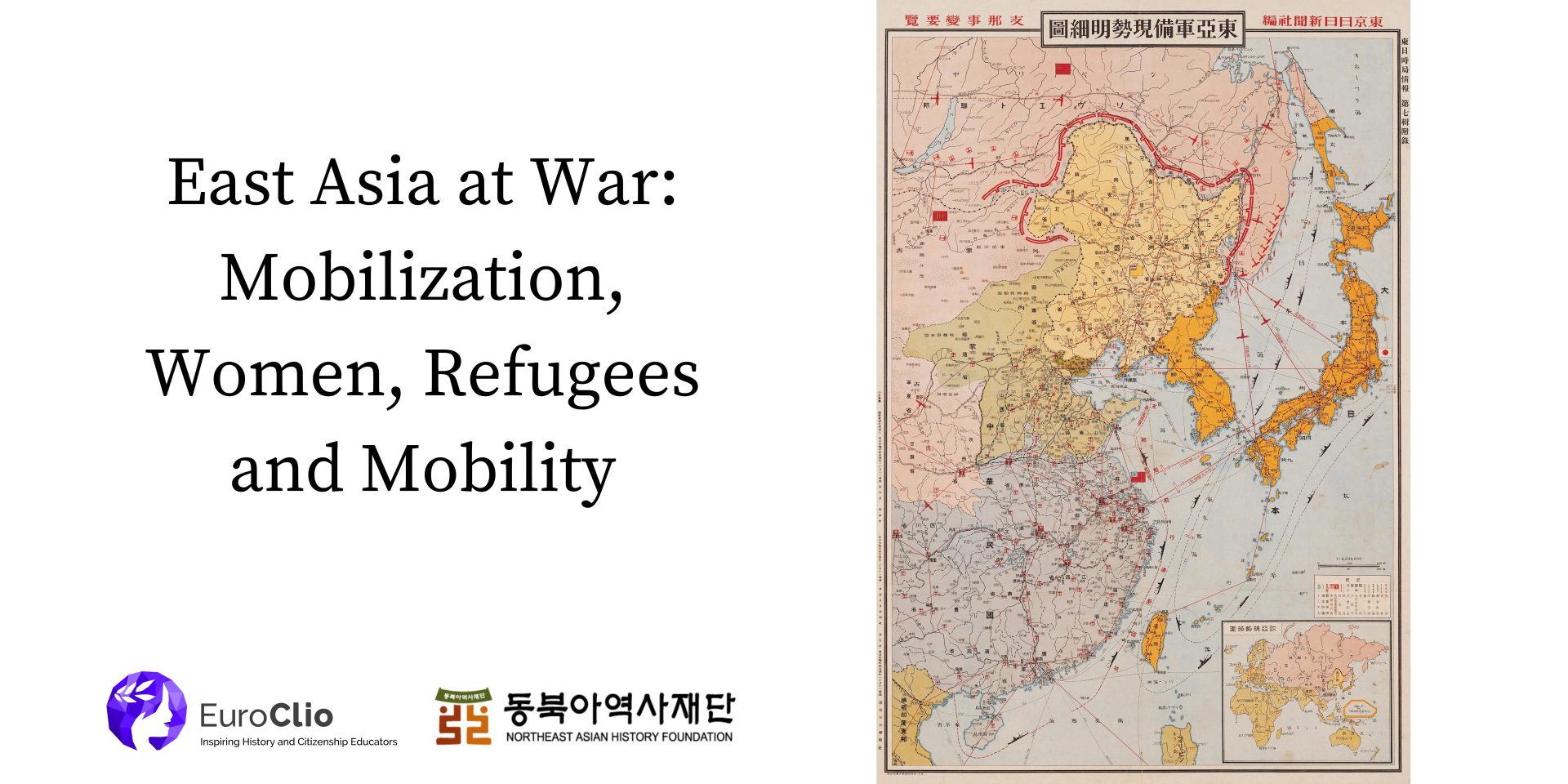The practice leads to greater motivation, as it combines the personal aims of each student with the common aims, based on the year’s theme, the sub-themes and the expected curriculum outcomes. The template used for the weekly plans is the same for all students, but the specific content varies per student and can thus be adjusted for the specific needs of each student.
Each of these weekly plans contains a special, individual task for each student. This can be in the form of supportive materials that help them overcome a challenge, but it can also be extra work if they are doing well. The teacher has to be able to identify these special needs and know what their students are capable of doing in the time span of a week. Working with the plans helps students to realize their aims and to suggest strategies for working on these aims. When we take History as an example, the plans can help structure a subject that might be difficult for the student to understand. As often more time is being spend on one subject in History, the plans help the students make more sense of it. These plans of course can be modified over a longer period of time, if needed to fit the aims of the student.
Since the self-evaluation of students is an important part of these practice, there is also space for students on the weekly plan for comments by the students themselves. The teacher can of course add comments as well, aimed at improving the students’ work. This helps the student to think about their own work and the way they met the challenges for that week. This self-reflective aspect is very important and it helps the student to learn from their mistakes or gain confidence by what went well.
This practice aims not only at the student-teacher relationship, but also involves the student’s parents. They get to see the weekly plans as well and they can follow the progress of the students during the week. After the week the students take the finalized plans home for the parents to take a look at. In this way, the parents are involved in what the student does at home and are able to give their feedback and support to the student.
Obstacles and lessons learned
There are two major obstacles with this practice, both of which can be overcome over time. The first obstacle is that the practice is rather time-consuming. It takes time to prepare and it puts more responsibility on the teachers and the students. Especially if it is a way of working that both the teacher and the students are not used to, it takes time to get used to it. When both parties are used to it however, the practice can work very well. It is a process that needs time.
It is also very important that objectives and criteria that will be evaluated need to be stated very clearly and concretely to improve the overall practice. When objectives and criteria are vague, both students and teachers will not be able to identify progress or lack of progress. The practice then does not have the intended result. With clear and concrete objectives and criteria, students know what is expected of them and teachers know how to evaluate the work done by their students.
The effect of the practice
The most important effect of the practice is that the learning process of the students has improved and that students have become more independent. They can self-evaluate, plan their work and cooperate with teachers and other students. The students can even evaluate each other on work done. This is a very useful effect, as it gives the student tools to improve upon their work in the next week, or period, and in the rest of their school career.
There is not just an effect on students, but also on teachers, as this practice helps them to better evaluate the work done by their students. This is very helpful for all teachers, who sometimes struggle to grasp the individual learning needs and progress of all of their students. This practice helps in giving insight in that and therefore, they are being used at the Laboratory School as evidence for the pedagogical portfolio and as a basis for the final assessment of students.




